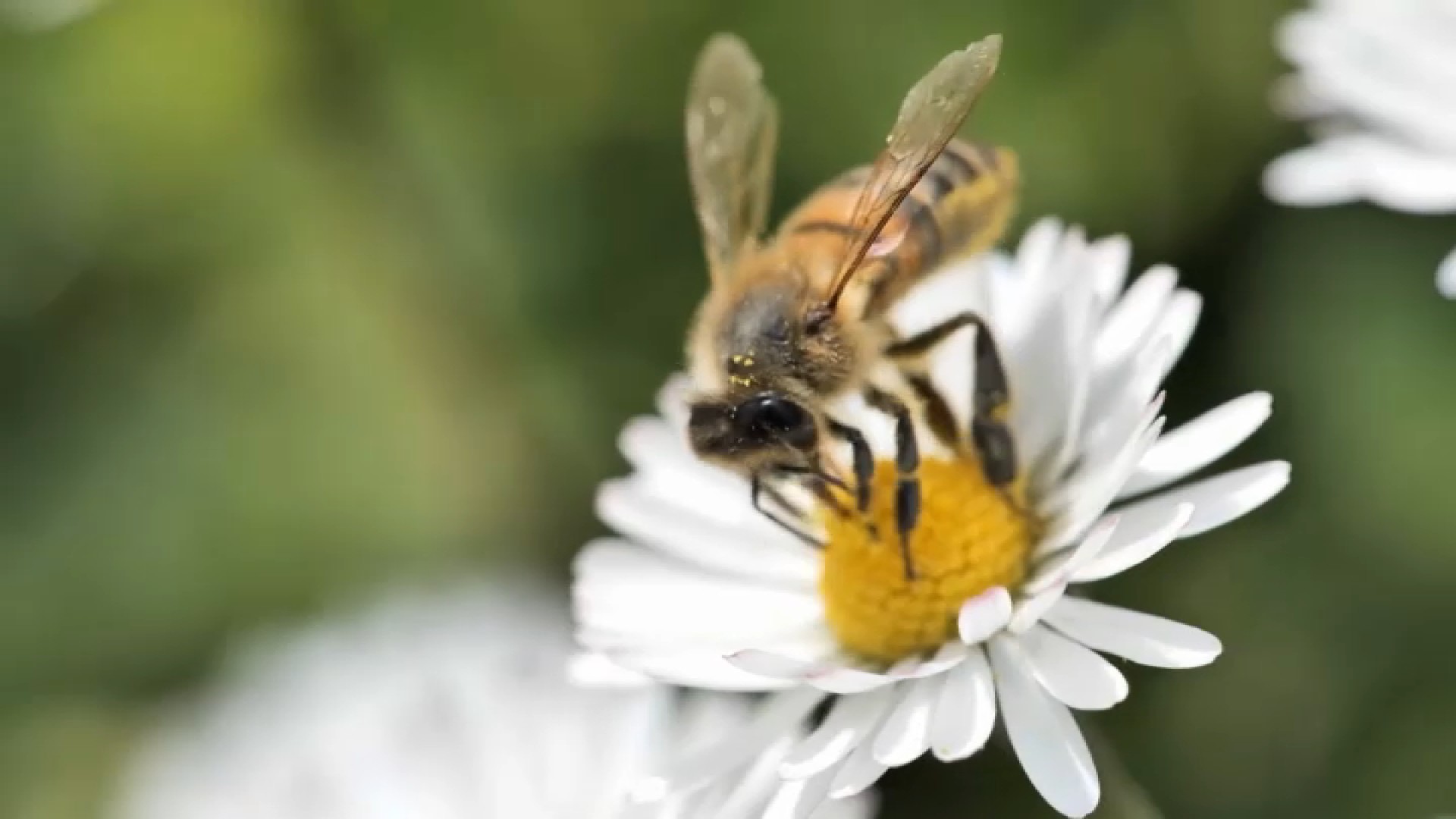A group of tree lovers 125 years ago gathered beneath the leafy canopies of a grove of giant redwood trees in the Santa Cruz Mountains and hatched a plan to protect them from the toothy threat of the saw.
Amid the backdrop of zealous logging of old growth redwoods, the group of citizens anointed itself the Sempervirens Club in 1902 and pledged to purchase the land. The name they took – sempervirens – was from the official scientific classification of the coast redwoods. They posed for a group photo beneath an especially stout redwood tree. In the center of the frame sat AP Hill, a South Bay photographer who founded the group and was known for his photography around the South Bay.
“It was through the use of his photography that the larger world was exposed to these trees and could see their magnificence and be inspired to help protect them," said Sara Barth, executive director of the group now known as the Sempervirens Fund.
The original club raised the funds to buy a six-mile swath of woodland in the Santa Cruz Mountains and then set about working with the state to turn it into a state park. The effort resulted in Big Basin Redwoods State Park – California’s first state park and a model for future land trusts that’s still widely used today.
“In some ways I think they were Silicon Valley’s original disrupters because at that time these trees were viewed exclusively as an economic commodity to be logged," Barth said.
In the early 1900s, logging interests were working fast and furious to cut down redwood trees for building materials as development spread across the Bay Area. The Sempervirens' stance was bold for a time when there wasn’t a big urgency among the public to protect natural resources.
“It still took a certain sort of fortitude and vision to see that this place should be preserved for future generations forever,” said California State Park District Superintendent Chris Spohrer. “That doesn’t happen every day — people with that kind of vision.”
Since its original six-mile purchase, the group has gone on to buy and protect some 36,000 acres of woodland in the Santa Cruz Mountains, create five other state parks, as well as help to establish trail areas like the nearby Cotoni-Coast Dairies of the California Coastal National Monument.
Despite the long track record of saving lands, Barth cautioned that the biggest battles may be yet to come.
Get a weekly recap of the latest San Francisco Bay Area housing news. Sign up for NBC Bay Area’s Housing Deconstructed newsletter.
“Today we face probably the most significant threat of all,” Barth said. "And that’s the threat of climate change.”
The trees of Big Basin Redwoods State Park today are mostly blackened and charred, the result of the devastating CZU Lightning Complex Fire which swept through the area in 2020, devastating thousands of acres of beloved redwoods.
The fire burned hotter and moved quicker than anyone had anticipated — a phenomenon scientists believe is a byproduct of climate change. While fires had burned some of the areas before, nothing had braced officials for the blaze that raged in 2020.
“Emotionally, this one was very difficult," Spohrer said. "This was a very intense fire. We hadn’t seen anything like this in the redwoods.”
The devastation of the fire sparked a rethinking among wilderness stewards and in the leadership of the Sempervirens Fund. It was no longer simply about protecting land from development. It now had to be protected against nature itself. Barth said that entails working in the forests to make sure they will survive the next fire.
“We actively manage the forests,” Barth said. "Thin them, reintroduce fire, low-severity fire so that these forests can withstand the impacts of climate change.”
As it continues to buy and protect land, the group’s mission statement has expanded to include raising funds to maintain the forests and prepare them for changing climate. It’s an evolution of purpose adapting to changing conditions and realizations. One hundred and twenty five years after its founding, it’s evidence the advocacy of the original founders will still be needed in the days ahead.
“We need to take action and steward and take care of the land in ways we didn’t understand 125 years ago," Barth said.




